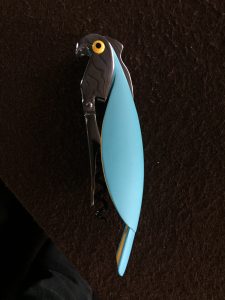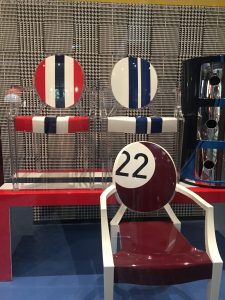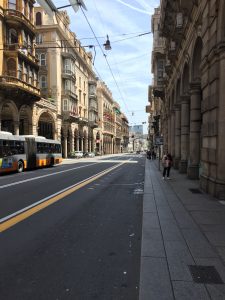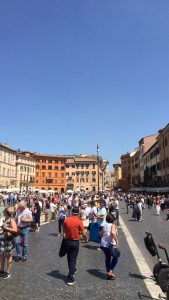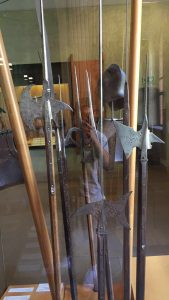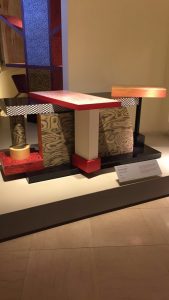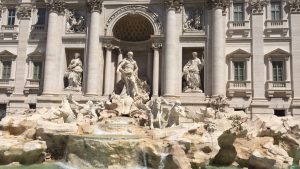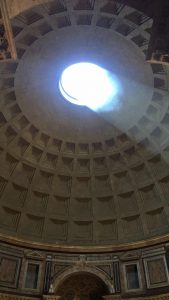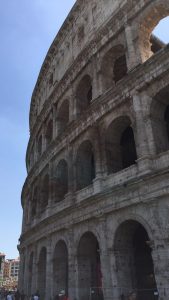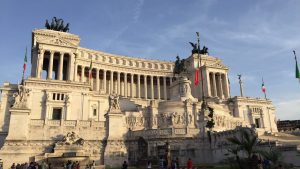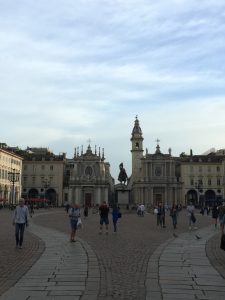During my time in Milan I learned a great deal about design, both the subject and its history. I thought the trip west to Piemonte to visit the Alessi factory was really interesting, especially where we learned all about the company’s design philosophy. The part about blending the aesthetic appeal of an object as well as its functionality seemed pragmatic enough but at the same time refreshing. A healthy balance is always good and it seems like in a lot of recent architectural design the focus is placed entirely on one aspect, whether it’s bucking a trend at the expense of look or functionality or chasing higher dollar returns at the expense of design integrity.
The Kartell museum was another place I thought was fascinating because they used very simple forms and colors to create such interesting looking pieces of furniture. Many of the colors they used were very strong but never appeared gaudy.
I also really enjoyed the trip to the graphic design studio, Studio FM. While I am not a graphic design student and do not have plans to enter the graphic design realm, the presentation was really helpful because it broke down the philosophy and methodology of design rather than just showing us finished products. I particularly appreciated the explanation of the grid they made to use as a template for all the signs in the Doha Airport.
The man who gave the presentation at Studio FM also gave some advice about the design process I liked a lot. He said it is important to not get too in love with one idea, but rather you should always be willing to scrap your plans and start over if it is not heading in the right direction. This is very similar to Ernest Hemingway’s quote about killing your darlings. In any creative process, whether it is writing, visual, or something else, people will make something they like a lot and get stuck on that idea. But these two creative minds gave the same advice to be willing to let go of an idea you really like if it doesn’t have anywhere to go.
Lastly, as an urban studies major, getting the chance to see and observe Italy was incredible. I got to visit several cities besides Milan, like Rome, Genoa, and Turin, all of which were cool in their owns ways. It is interesting to see the difference between Italian urbanism and American urbanism. Because Italy is much older, it is laid out for pedestrians instead of for cars, and this makes getting around so much easier and a lot more enjoyable. The streets are a lot less predictable and just meander out from the city centers. There is also much more of an emphasis on public space, with many piazzas, parks, fountains, and benches made with the intention of letting people congregate to do as they please. The smaller scale and and walkability as well as emphasis on public space gives these cities a much more intimate feel and makes the pedestrian feel a deeper connection with both the city and the other people who inhabit the space. It is my wish that American cities start to follow a more European model of design.
